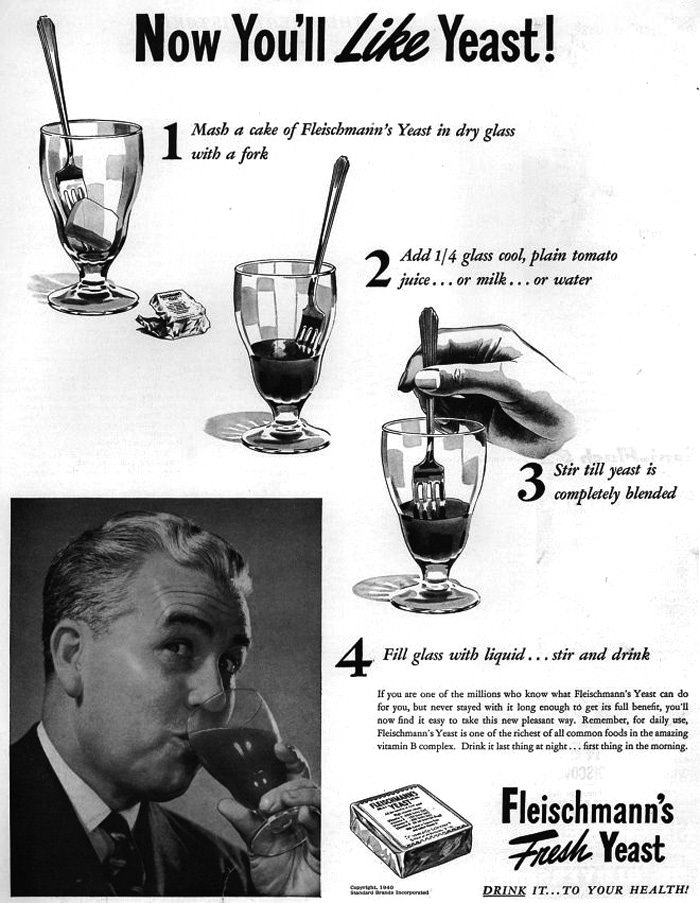geoffey
Well-Known Member
So pretty cool thing happened last weekend: my sister-in-law approaches me and says "We were cleaning out some of my grandpa's stuff (he died many years ago) and we came across an old beer recipe from 1930. I'm wondering if you'd be willing to make it for me so I can hand it out to my family as a Christmas gift this year?" Sounds like fun to me! Not knowing exactly what to expect I immediately say I'll do it, so she goes out and grabs the recipe. Nothing fancy or complicated, and the process looks a little different, but basically a really simple extract recipe.
So thought this would be fun to share and see if anyone wants to give me some ideas on how to tweak this for modern ingredients. I'm not going to make a hope tea and boil for 2.5 hours per the recipe and I'm not going to include as much cane sugar as the recipe calls for. So that being said does anyone want to chime in with how to modernize this? Keep in mind her family are not big craft beer afficiandos, so I'll need to keep it to a fairly "drinkable" ale, maybe shoot for something similar to or milder than Summit EPA since that's local. (also, I'll probably scale it down to a 2.5 gallon batch and plan on keeping it an extract recipe).
View attachment 1930 Recipe 2.pdf
So thought this would be fun to share and see if anyone wants to give me some ideas on how to tweak this for modern ingredients. I'm not going to make a hope tea and boil for 2.5 hours per the recipe and I'm not going to include as much cane sugar as the recipe calls for. So that being said does anyone want to chime in with how to modernize this? Keep in mind her family are not big craft beer afficiandos, so I'll need to keep it to a fairly "drinkable" ale, maybe shoot for something similar to or milder than Summit EPA since that's local. (also, I'll probably scale it down to a 2.5 gallon batch and plan on keeping it an extract recipe).
View attachment 1930 Recipe 2.pdf









